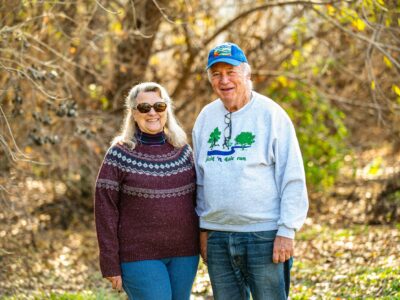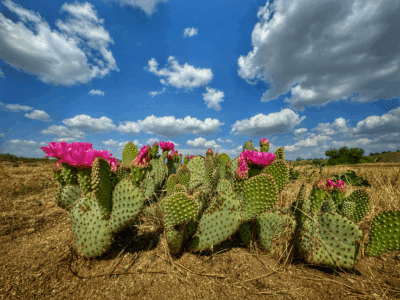River Partners’ 2,100-acre Dos Rios Ranch Preserve near Modesto is being considered for inclusion in California’s state parks system, the largest in the US. It would be the newest state park in 13 years and provide access to miles of trails along the San Joaquin and Tuolumne rivers in the park-starved San Joaquin Valley.
“Dos Rios Ranch becoming a state park is exactly what a diverse alliance of public and private partners envisioned over a decade ago as the fitting conclusion to the largest floodplain restoration project in state history,” said River Partners President Julie Renter. “This is a major win for the San Joaquin Valley, which has the fewest parks of any region in the state.”
A Model for Floodplain Restoration
Since 2012, River Partners and an alliance of dedicated public, private, and nonprofit partners planted more than 350,000 native trees and vegetation along nearly eight miles of the San Joaquin and Toulumne rivers that converge at the heart of Dos Rios Ranch. In a region known for straightjacketed and ailing rivers, we transformed a former farming operation that was prone to frequent flooding into thriving natural riverside habitat that benefits wildlife, natural resources, and people.
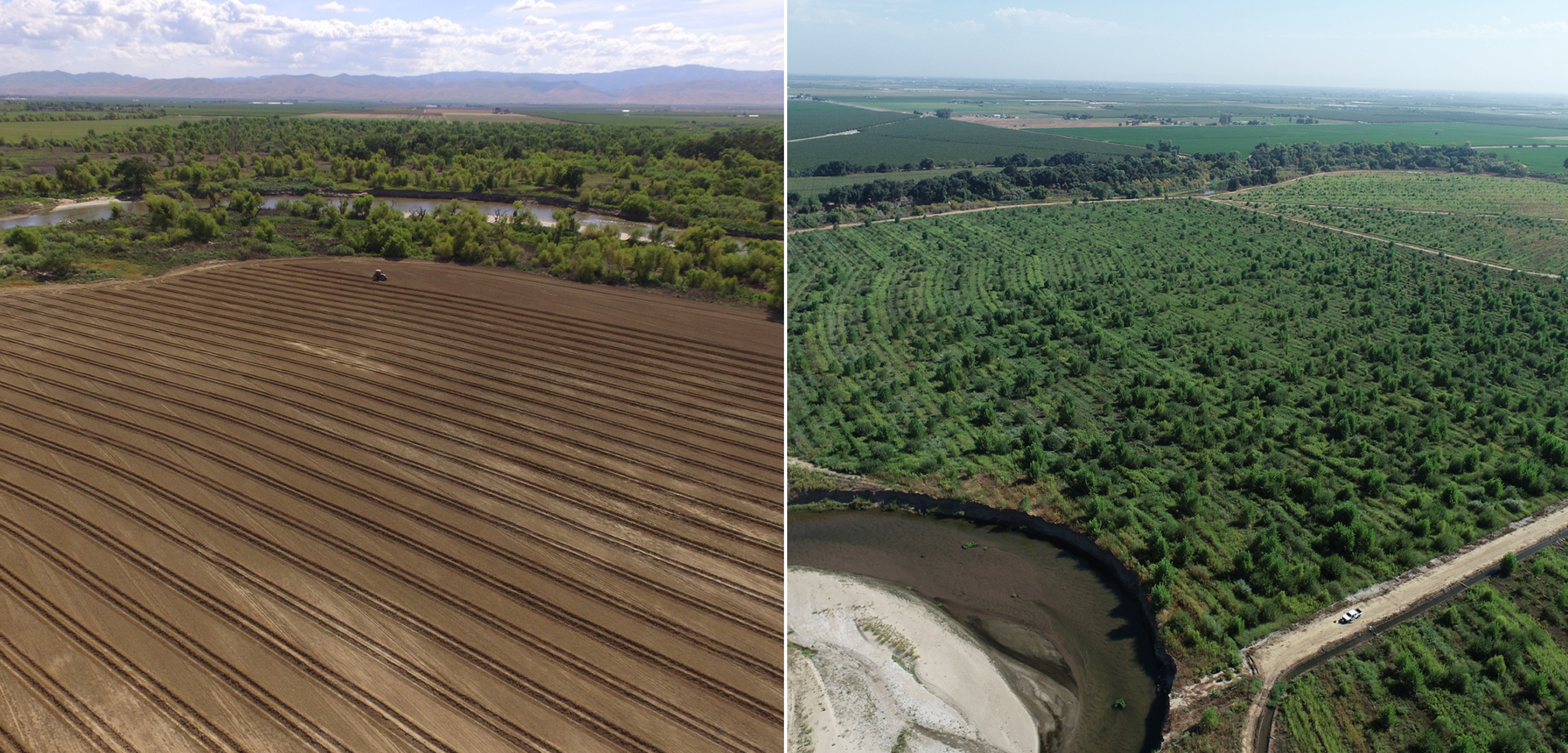
Since knocking down flood-control berms at the ranch and reconnecting nearly 1,000 acres of historic floodplain with the nearby Tuolumne River floodwater can spread out, slow down, and sink underground. Restored floodplains recharge aquifers that households and farmers rely on in dry times. This not only improves drought resilience, but also mitigates future flood risk while growing riverside forests that capture carbon.
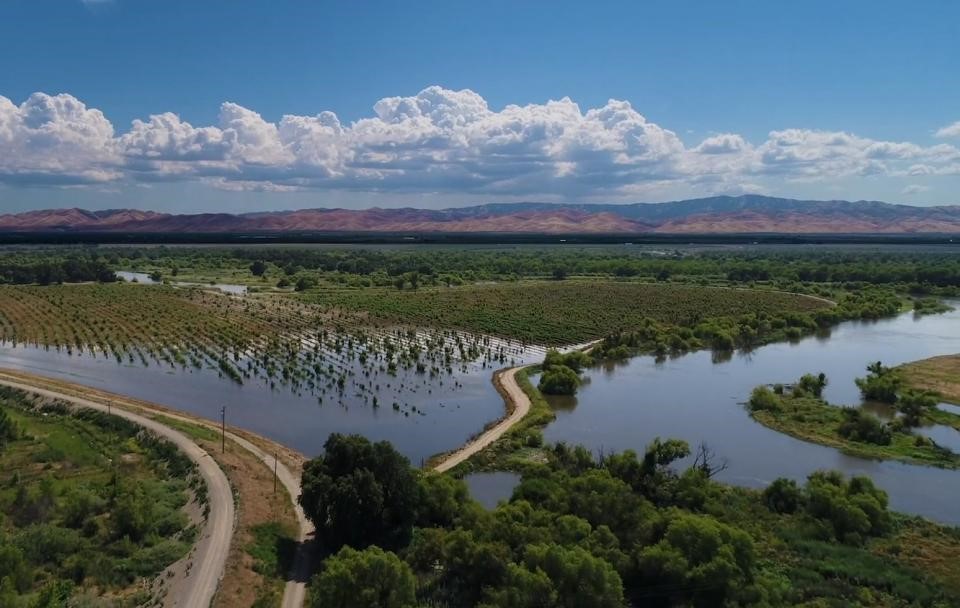
Restoring natural functions to riverside areas boosts habitat for imperiled wildlife like salmon, monarch butterflies, and migratory birds, who all take sanctuary at Dos Rios Ranch. But one piece is missing—public access, so people can connect with the land. Once the state park opens to the public, Valley residents will enjoy hiking on trails, fishing and paddling on the river, and eventually, camping under riparian forests of oaks and cottonwoods.
And, residents won’t have to drive for hours as they do now to find first-class recreational space. They’ll have a beautifully restored landscape at their doorstep, allowing them to experience what the San Joaquin Valley was like before farms took root.
“River Partners’ vision for Dos Rios Ranch is a multilayered win for the Golden State,” said California Secretary for Natural Resources Wade Crowfoot. “Dos Rios Ranch will help nature restore underground water storage, and it will help California meet its commitment to conserve 30 percent of land and coastal waters, and it will create greater opportunity for all Californians–especially those in the San Joaquin Valley–to enjoy the health benefits of being with nature.”
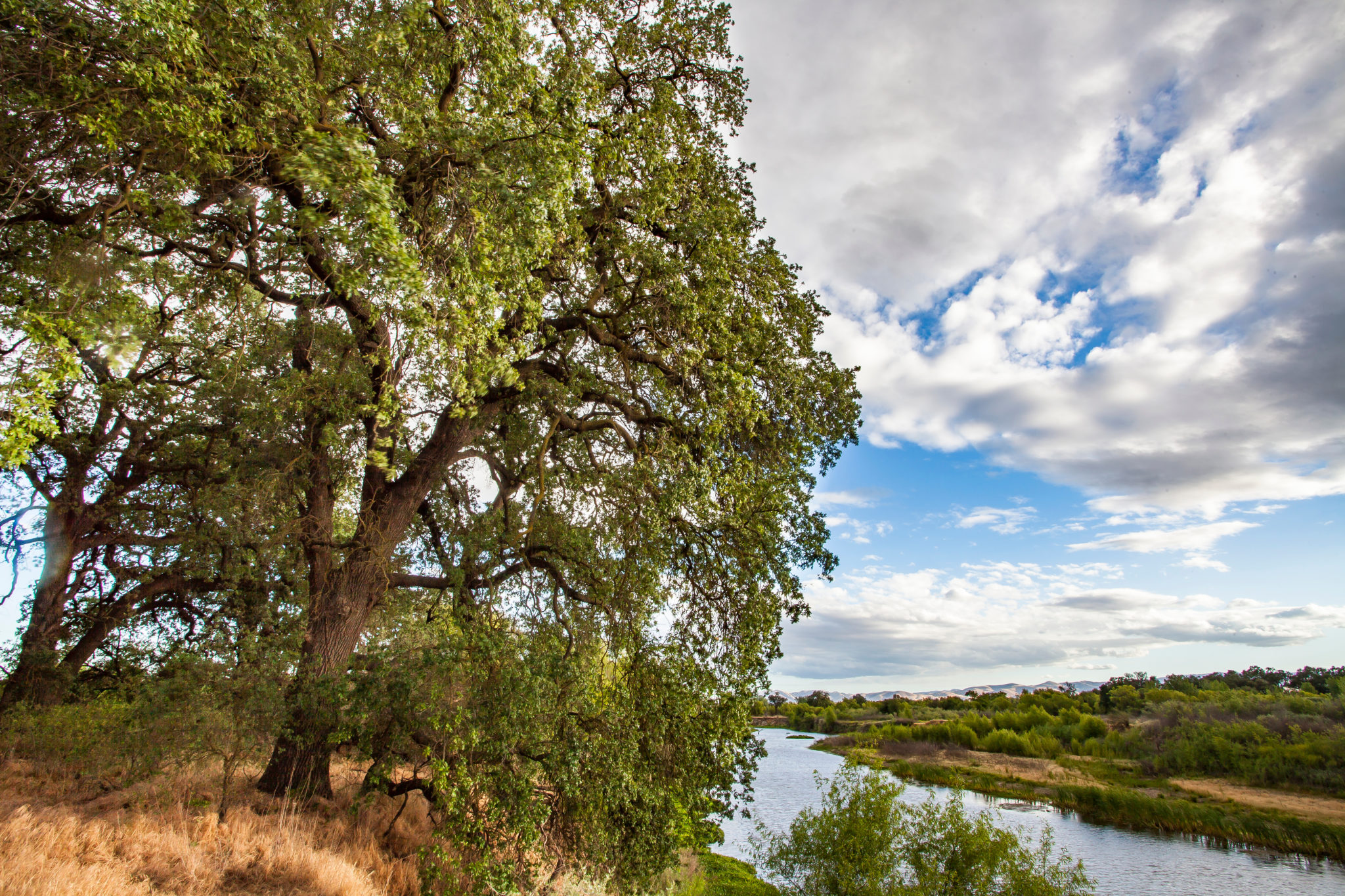
Creating public access has always been part of the vision for Dos Rios Ranch. The park would advance California State Parks’ Central Valley Vision, developed in 2006 with the intention of creating parks along Central Valley rivers.
While the final vision of what the new state park at Dos Rios Ranch could look like will take some time to work out, California State Parks hopes the expansive property will offer overnight camping, day use areas for individuals and groups, miles of hiking and biking trails, fishing, non-motorized boat access, and more. Part of State Park’s assessment will involve reaching out to local communities to gather critical input from residents about the kind of park and amenities they desire.
“Parks belong to all Californians,” said State Parks Director Armando Quintero. “The potential of acquiring Dos Rios Ranch Preserve as the state’s 280th state park is especially notable because the San Joaquin Valley has the fewest state parks and least open space per capita in the entire state. Access to dozens of miles of hiking and biking trails, day use areas for families and groups, and fishing along the Tuolumne and San Joaquin rivers that converge within the property are some of the amenities and activities that Californians will be able to enjoy. Thank you to River Partners and their funders for their vision in preserving the natural and cultural resources at Dos Rios Ranch Preserve. The restored riparian woodlands, floodplains and waterways will provide an amazing glimpse of California’s Great Central Valley of thousands of years ago.”
River Partners hopes this is just the beginning for improving equitable public access for the Central Valley. We’re doubling our restoration impact withinin the next decade, and we hope to build on this momentum to deliver more picturesque properties.
“The birth of a new state park at Dos Rios would be the culmination of two decades of work and dedication,” said Patrick Koepele, Executive Director of the Tuolumne River Trust, whose efforts over the last decade were essential in transforming the property. In 2002, when I first met with the family who previously owned the property to discuss a conservation project at the confluence of the Tuolumne and San Joaquin Rivers, I had a vision for a site that would positively impact the community by creating new parks, better access to nature, improved habitat for fish and wildlife, and many other benefits. The future of environmental projects relies on partnerships like these, and I am excited and gratified to see so many partners share and invest in this vision.”
The Dos Rios Ranch project was delivered with deep engagement from both public and private funding partners at the local, state, and national levels. In total, more than $45 million in acquisition and restoration funding was secured from the following generous sources: the CA Dept. of Fish & Wildlife, CA Dept. of Water Resources, CA Natural Resources Agency, National Fish and Wildlife Foundation, Natural Resources Conservation Service, New Belgium Brewing, Pacific Gas & Electric Co., San Francisco Public Utilities Commission, Sierra Nevada Brewing, Stanislaus County Public Works Dept., Tuolumne River Trust, Wildlife Conservation Board, US Bureau of Reclamation, and US Fish and Wildlife Service.
Banner photo credit: ©Saxon Holt/PhotoBotanic



